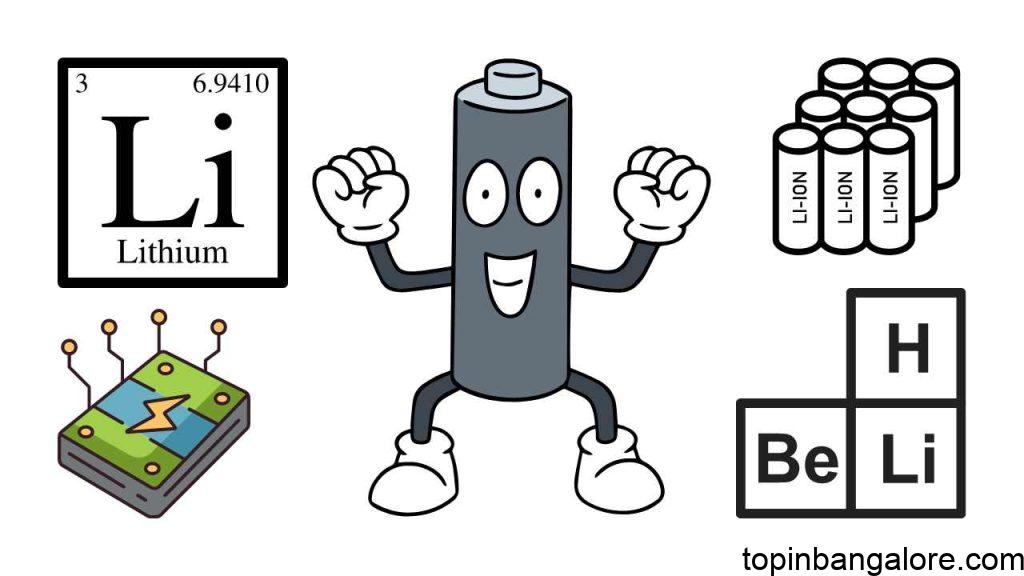Lithium: history, uses, availability, future and more
Lithium is a chemical element with the symbol Li and atomic number 3. It is a soft, silvery-white metal that is highly reactive and flammable. Lithium is the lightest metal and the lightest solid element.

Lithium is one of the most important elements in the periodic table, due to its unique properties and widespread applications. Lithium is used in a wide range of applications, including batteries, ceramics, glass, lubricants, pharmaceuticals, and more.
Lithium has a rich history, dating back to its discovery in 1817 by Swedish chemist Johan August Arfvedson. It was initially considered to be a rare element, but its discovery in mineral springs in the 19th century led to the development of lithium-based products and its widespread use in industry.
Lithium is used in a wide range of applications, including batteries, ceramics, glass, lubricants, and pharmaceuticals. One of the most important uses of lithium is in batteries, where it is used as a cathode material to produce high-energy, high-capacity rechargeable batteries for portable electronics and electric vehicles. Lithium is also used in ceramics, where it enhances the properties of ceramics for use in high-temperature and high-strength applications. In glass, lithium is used to produce heat-resistant and special optical glasses. Lithium-based lubricants are used in high-temperature and corrosive environments, and lithium is used in the pharmaceutical industry as a mood stabilizer and anti-depressant.
Lithium is widely available in the earth’s crust, but its concentration is relatively low. The largest reserves of lithium are found in South America, particularly in the salt flats of Bolivia and Chile. Other significant reserves are found in Australia, China, and the United States. Lithium production is largely dominated by a few countries, including Australia, Chile, and China.
The demand for lithium is increasing rapidly due to the growth of the electric vehicle and renewable energy industries. This is leading to a growing interest in lithium production and exploration, and the future of the lithium industry is expected to be bright. However, the production of lithium is energy-intensive and has a significant environmental impact, and the future of the lithium industry will depend on the development of sustainable lithium production processes.
In conclusion, lithium is a critical element with a wide range of applications and a bright future. Its increasing demand in the electric vehicle and renewable energy industries will continue to drive the growth of the lithium industry, but the industry must also focus on developing sustainable production processes to address the environmental impact of lithium production.





